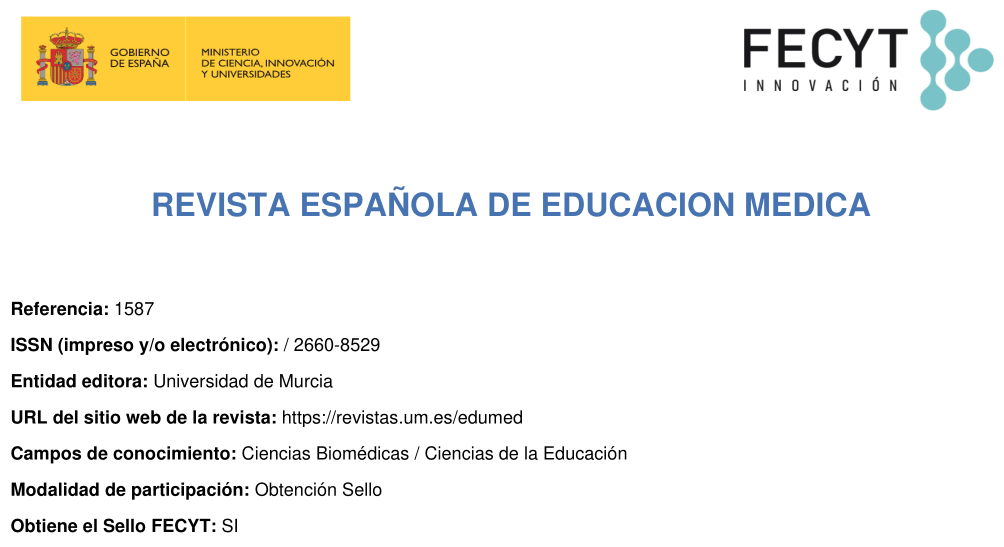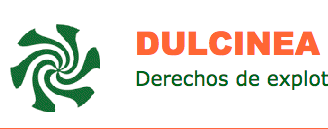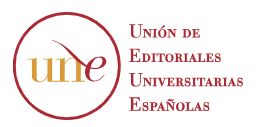Perception of clinical tutors from family health centers in Chile regarding the barriers to clinical teaching in primary care
Abstract
Abstract: Introduction: Clinical practice with real patients is essential in the training of health professionals, allowing the consolidation of competencies through the practice of procedures, skills, and processes. However, clinical teaching faces several barriers to its proper development. The aim of this study was to describe the perception of barriers to clinical teaching from the perspective of health professionals working as clinical tutors in Primary Health Care in Chile. Materials and Methods: A cross-sectional descriptive quantitative study was conducted with professionals from family health centers in the Metropolitan Region of Chile. The sample included 166 participants who met specific criteria, such as at least one year of experience in primary care and experience in clinical teaching. A validated survey through expert judgment, was applied. Results: The majority of respondents considered the lack of time, incentives, and adequate physical space as the main barriers to clinical teaching. Other factors, such as the lack of teaching competencies, were also mentioned, although with less consensus. Gender differences were minimal in the results. Conclusions: The results of this study reveal that clinical teaching faces several significant barriers. These limitations demonstrate the need for a review of the current conditions under which clinical teaching takes place to ensure appropriate teaching processes for students.
Downloads
Metrics
-
Abstract467
-
pdf (Español (España))317
-
pdf317
References
Lifshitz-Guinzberg A. La enseñanza de la clínica en la era moderna. Inv Ed Med 2012, 1(4), 210-217. https://dx.doi.org/10.22201/fm.20075057e.2012.04.00008
Domenjó M. Aprendizaje y prácticas clínicas. Educ Med, 2019, 20(2), 100-104. https://doi.org/10.1016/j.edumed.2018.12.019
Santelices L, Tiscornia C, Vásquez F. El perfil del tutor clínico en los escenarios actuales. J. health med. sci. 2021, 7(4), 241-248. https://revistas.uta.cl/pdf/44/p241-248-4.02johamsc-tiscornia-037-21-1.pdf
Palma P, Williams C, Santelices, L. Las percepciones del tutor clínico sobre su desempeño docente, un estudio reflexivo. Rev. méd. Chile. 2020, 148 (4), 535-541. https://dx.doi.org/10.4067/s0034-98872020000400535
Ehrmantraut M, López I. Características ideales de los docentes clínicos de la Facultad de Odontología de la Universidad de Chile, visión de los estudiantes y docentes. Rev Educ Cienc Salud. 2022, 19(1), 22-26. https://recs.udec.cl/ediciones/vol19-nro1-2022/artinv19122d.pdf
Godoy Pozo J, Illesca Pretty M, Flores González E, Hernández Díaz A, Véliz Lobos R. Competencias del docente clínico, opinión de estudiantes de enfermería de la Universidad Austral de Chile. FEM. 2022, 25 (2), 95-100. https://dx.doi.org/10.33588/fem.252.1183.
Burguess A, Van Diggele C, Roberts C, Mellis c. Key tips for teaching in the clinical setting. BMC Med Educ, 2020, 463(20), 1-7. https://doi.org/10.1186/s12909-020-02283-2
Norman R, Dogra N. A survey of the practice and experience of clinical educators in UK secondary care. BMC Med Educ. 2014, 14, 1-9. https://doi.org/10.1186/1472-6920-14-229
Shadadi H, Sheyback M, Balouchi A, Shoorvazi M. The barriers of clinical education in nursing, A systematic review. Biomedical Research. 2018, 29(19), 3616-23. https://doi.org/10.4066/ biomedicalresearch.29-18-1064
Rolinda R, Opotamutale A. Exploring the barriers to registered nurses undertaking clinical teaching in clinical settings, a qualitative descriptive study. Nurs Open. 2023, 10, 7767-7779. https://doi.org/10.1002/nop2.2022
Tadesse D, Solomon Y, Hailu M, Tigisu F. Challenges of clinical education, from the perspective of clinical instructors and clinical staffs at Dire Dawa University, Dire Dawa, Ethiopia, qualitative study. J Med Educ Curric Dev. 2022, 11, 1-7. https://doi.org/10.1177/23821205241249378
Amini A, Bayat R, Amini K. Barriers to clinical education from the perspective of nursing students in iran, an integrative review. Arch Pharma Pract. 2020, 11(S1), 73-9. https://archivepp.com/assets/main/article-template.docx?v=archivepp
Ahmari T, Gaeeni M, Rezaei M, Khoramirad A, Parizad A. The challenges of clinical education in nursing, A qualitative analysis of nursing students and clinical instructor´s perspectives. J Nurs Midwifery Sci. 2021, 8, 260-7. https://brieflands.com/articles/jnms-140709.pdf
Vahadat S, Tanhaei N, Najafi S, Salemi MH, Karbasian F. Investigating the barriers of clinical education among medical students in Iran, A narrative review study. J Family Med Prim Care. 2022, 11, 7537-42. https://doi.org/10.4103/jfmpc.jfmpc_994_21
Asadi, M., Noorian, S., Motefakker, S. et al. The state of clinical education and factors affecting effective clinical education, the point of view of nursing and midwifery students. BMC Med Educ. 2023, 23, 967. https://doi.org/10.1186/s12909-023-04957-z
Shrivastava, Saurabh RamBihariLal, Shrivastava, Prateek Saurabh. Identification of the factors that affect clinical teaching and potential strategies to overcome them, A narrative review. Muller j. med. sci. Res. 2023 14(1), p 1-5. https://doi.org/10.4103/mjmsr.mjmsr_70_22
Hakim A. Investigating the challenges of clinical education from the viewpoint of nursing educators and students, A cross-sectional study. SAGE Open Medicine. 2023, 11. https://doi.org/10.1177/20503121221143578
Ramani S., Leinster S. AMEE Guide no. 34, Teaching in the clinical environment. Med. Teach. 2008, 30, 347–364. https://doi.org/10.1080/01421590802061613
Copyright (c) 2025 Servicio de Publicaciones de la Universidad de Murcia

This work is licensed under a Creative Commons Attribution-NonCommercial-NoDerivatives 4.0 International License.
The works published in this magazine are subject to the following terms:
1. The Publications Service of the University of Murcia (the publisher) preserves the economic rights (copyright) of the published works and favors and allows them to be reused under the use license indicated in point 2.
2. The works are published under a Creative Commons Attribution-NonCommercial-NoDerivative 4.0 license.
3. Self-archiving conditions. Authors are allowed and encouraged to disseminate electronically the pre-print versions (version before being evaluated and sent to the journal) and / or post-print (version evaluated and accepted for publication) of their works before publication , since it favors its circulation and earlier diffusion and with it a possible increase in its citation and reach among the academic community.



















